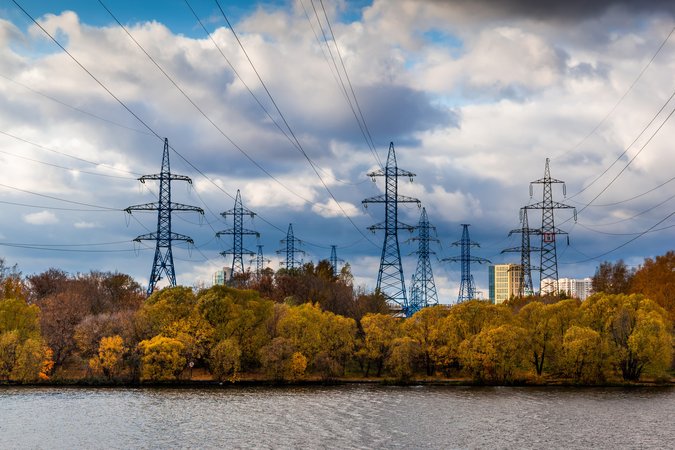Greenhouse Gas Regulation under the Clean Air Act: Structure, Effects, and Implications of a Knowable Pathway
View Issue BriefUsing authority confirmed in 2007 by the U.S. Supreme Court in Massachusetts v. EPA, the Environmental Protection Agency (EPA) intends to regulate the emission of greenhouse gases under the Clean Air Act (CAA).
Under President Obama, EPA has finalized rules requiring reporting of greenhouse gas emissions and issued an “endangerment finding” for GHGs that permits and requires regulation of emissions from cars and trucks. The steps EPA is taking as it regulates mobile source emissions – for example, with its April 1 rule setting emission standards for cars and light trucks – are relatively well understood. Substantial uncertainty remains, however, over how EPA will use its CAA authority to regulate stationary sources – the power plants and industrial facilities responsible for the majority of U.S. greenhouse gas emissions.
This paper, written by RFF Senior Fellow Dallas Burtraw and RFF Visiting Scholars Art Fraas and Nathan Richardson, seeks to resolve some of that uncertainty by analyzing a set of plausible pathways that EPA may use to regulate stationary-source emissions under the CAA. They conclude the most predictable, likely, and practical pathway for regulation of greenhouse gases – the New Source Performance Standards (NSPS) provisions of the Clean Air Act – which address not only new sources but also existing sources if not otherwise regulated under other parts of the Act. The authors outline a set of actions of increasing stringency under NSPS provisions that extend a wider reach across existing stationary sources. These measures range from performance standards that vary in stringency and are defined over relatively narrow categories of emissions sources, to more flexible standards that allow some form of trading in order to achieve compliance with an average performance standard.
The authors also assess the magnitude of emissions reductions that could be achieved under the most modest of the possible approaches. They examine only coal-fired electricity generating units, but within this single, narrowly defined class of emitters they find evidence that emissions reductions equivalent to over three percent of U.S. emissions could be achieved at low cost and with minimal disruption to current capacity utilization.
Burtraw, Fraas, and Richardson note that comprehensive climate change legislation from Congress would provide a superior alternative to current EPA plans. It is also possible that other pathways under the existing CAA could produce better emissions results, could achieve results at lower cost, might be more likely to survive legal or political challenges, or could otherwise constitute a better approach for EPA. They also “find strong evidence that a modest greenhouse gas regulatory program under existing CAA authority could be effective without deviating greatly from traditional EPA practice under this authority.” Such a program could achieve meaningful emissions reductions in the electricity sector, and potentially elsewhere, and is unlikely to impose large costs. Moreover, they note, inclusion of emissions trading mechanisms could probably be used to reduce the costs of more stringent regulation even under the CAA, although such mechanisms would likely be limited to individual sectors of the economy.






